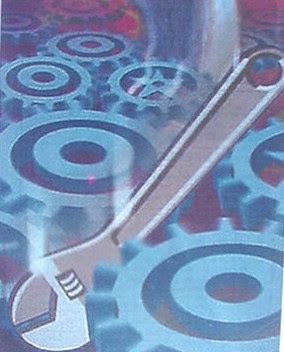 This book provides the research that backs up powerful learning strategies.A must read for school leaders and policy makers. Linda Darling-Hammond is a spokesperson on education for President elect Barrack Obama.
This book provides the research that backs up powerful learning strategies.A must read for school leaders and policy makers. Linda Darling-Hammond is a spokesperson on education for President elect Barrack Obama. This is a book for the times. Published with the support the George Lucas Foundation (www.edutopia.org ) its premise is to demonstrate how innovative learning environments in classrooms, supported by new technologies, could revolutionize learning.
As industrial assembly lines are being given away in industry as they move towards more collaborative ways of working schools are remain caught in a web of educational thinking and systems that originated a century ago.
Fortunately the ‘dominant paradigm’ of mass education is showing sign of wear and seems incapable of being able to cater for today’s diverse range of students.
The book outlines how schools can transform themselves to help all students learn in more powerful ways so that they can meet confidently the demands the future will place on them and allow them all succeed in ways that align with their personal talents and skills.
These demands, the book argues, cannot be met by a return to basic skills and obsessive testing but instead will require that schools provide more meaningful learning experiences.
The book outlines the kind of teaching that produces more powerful learning but, more importantly, presents research on learning and teaching that summarizes what is known about effective teaching and learning strategies in three major areas – reading and literacy, mathematics and science – as well as selected strategies that are used across all learning areas and in interdisciplinary contexts, including project based learning ( inquiry learning) performance based assessment, and co-operative learning. It also looks at the factors and conditions that can influence the effectiveness of these strategies.
The book is intended for the policymakers whose decisions shape our education systems and the teachers and other educators who determine what happens in the classroom. Most valuable is the evidence the book gives about the outcomes of successful educational strategies, examples of what the looks like in practice, and insights about how they can become the norm, rather than the exception in our schools.
Of particular interest are the chapters showing how literacy and numeracy programmes need to be integrated into the inquiry programmes. All too often in our schools they are locked into their time slots and, because of this, the power of literacy and numeracy are underutilized.
This book will provide both inspiration and intellectual support for innovative schools, both primary and secondary, who are moving towards implementing the transformational spirit of the ‘new’ New Zealand Curriculum.



